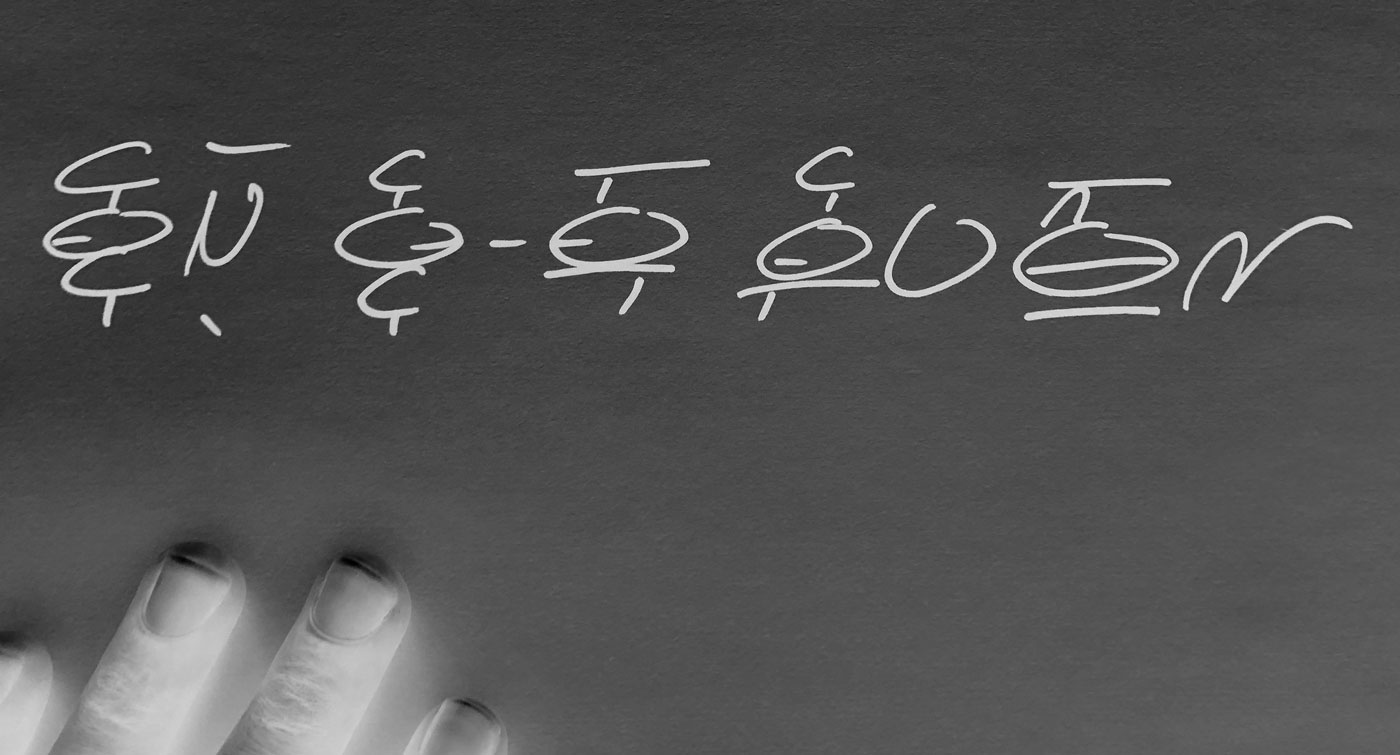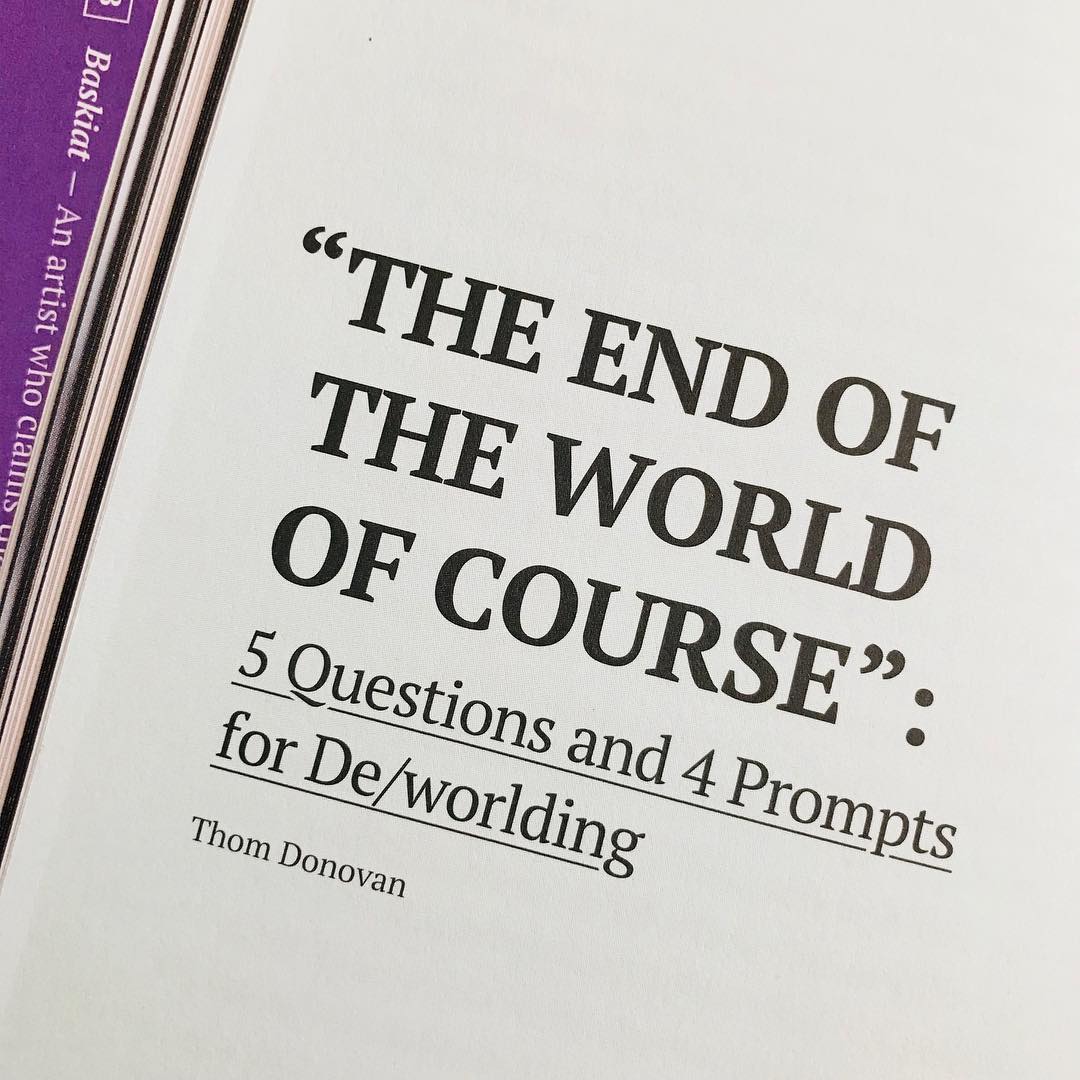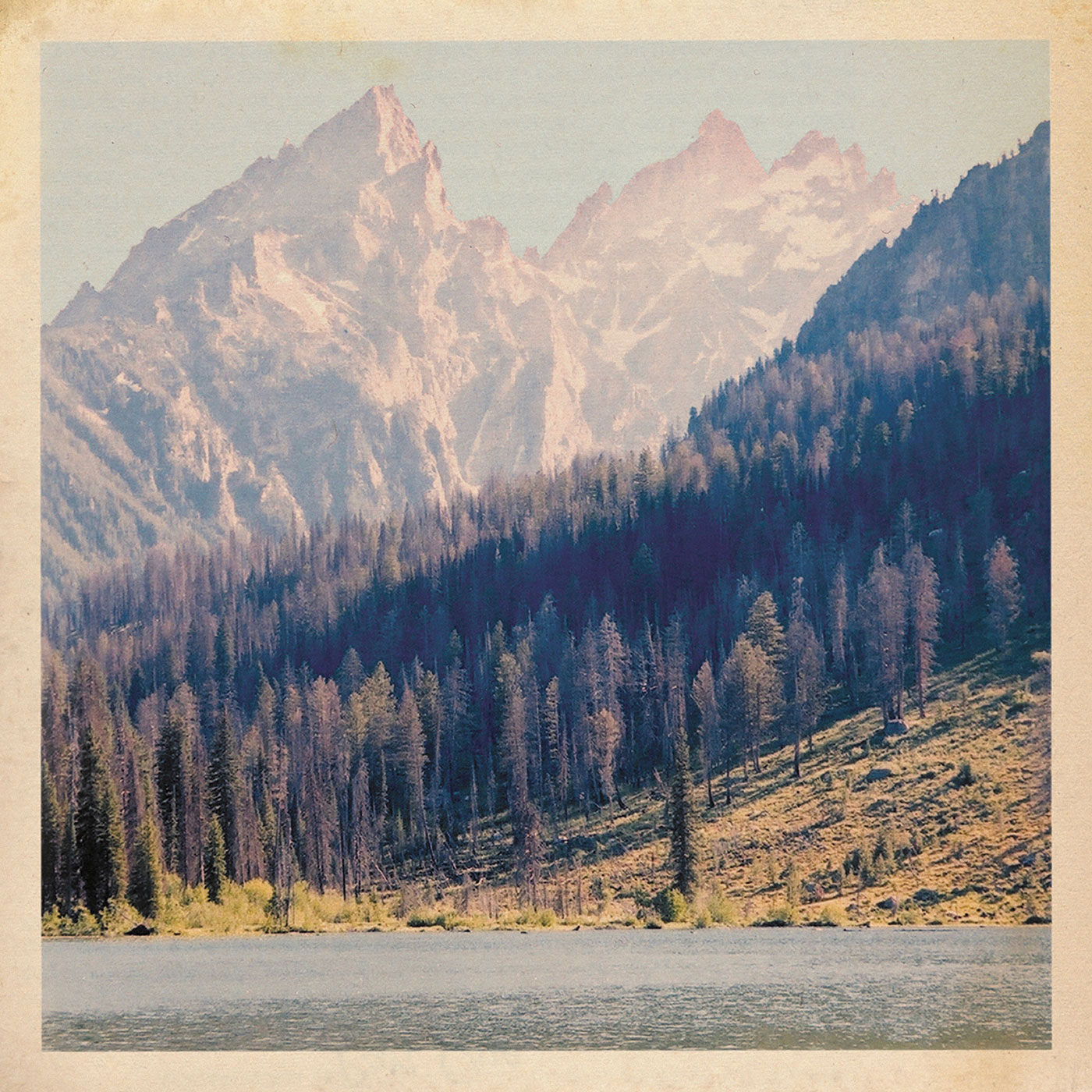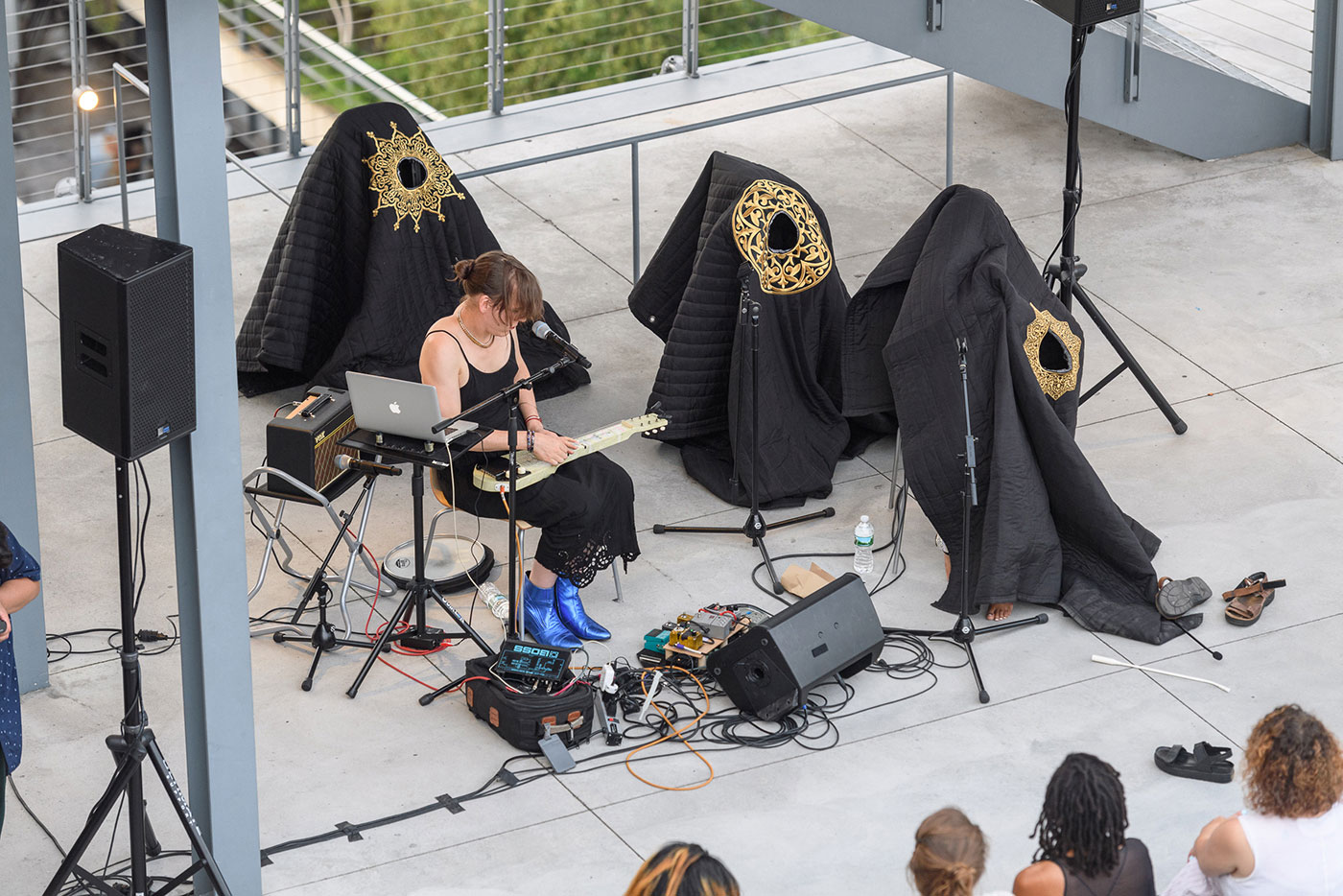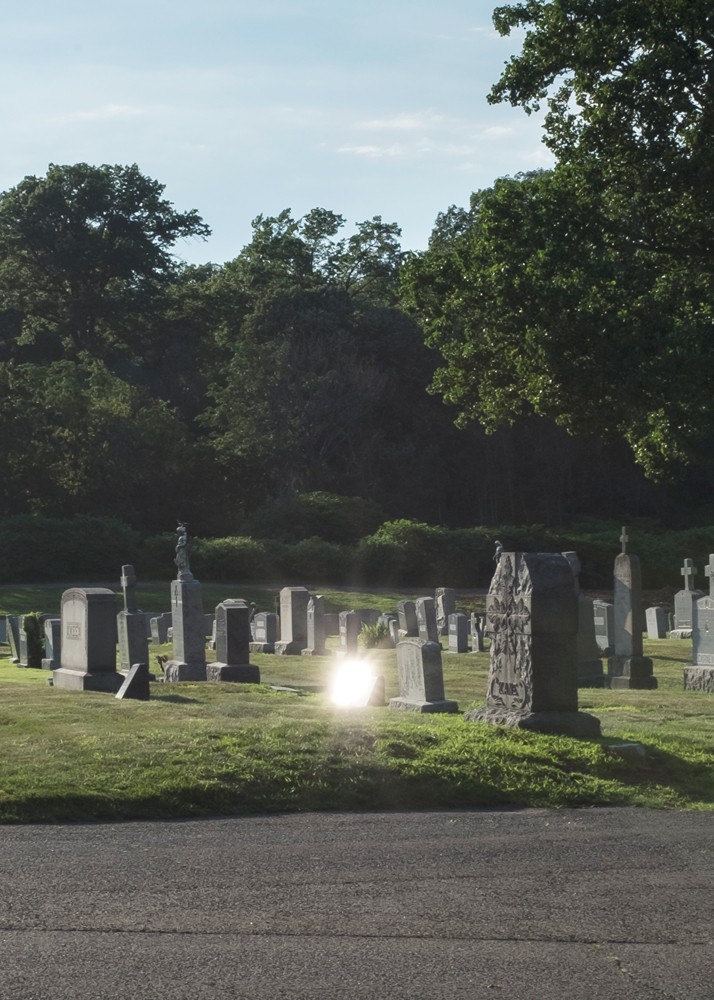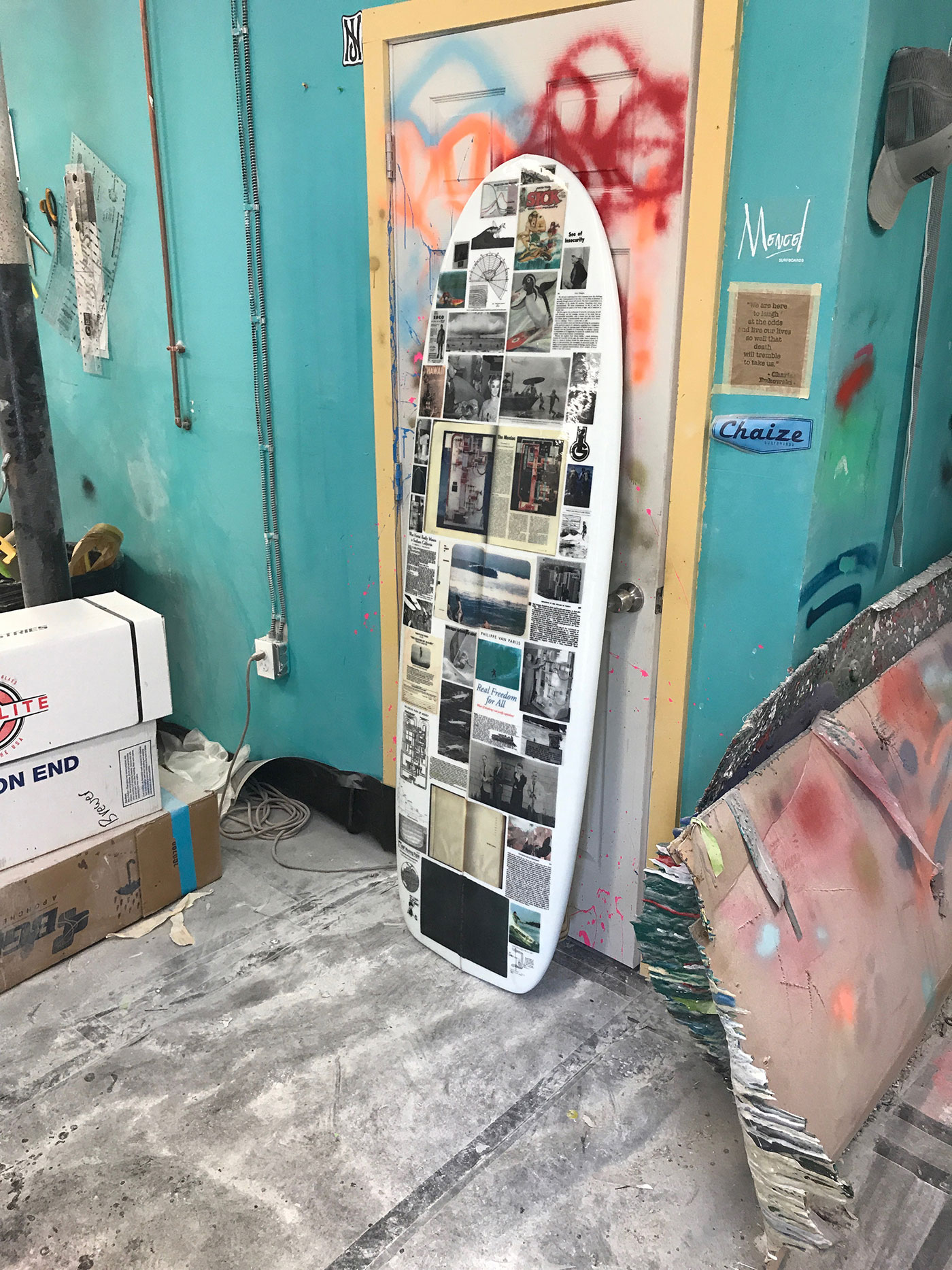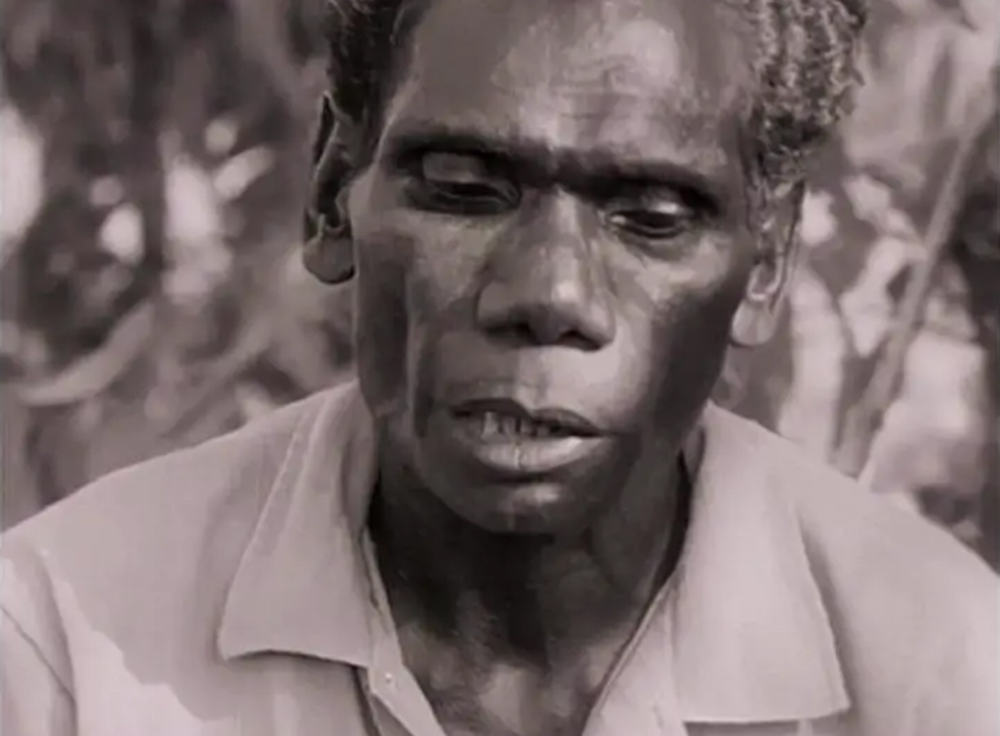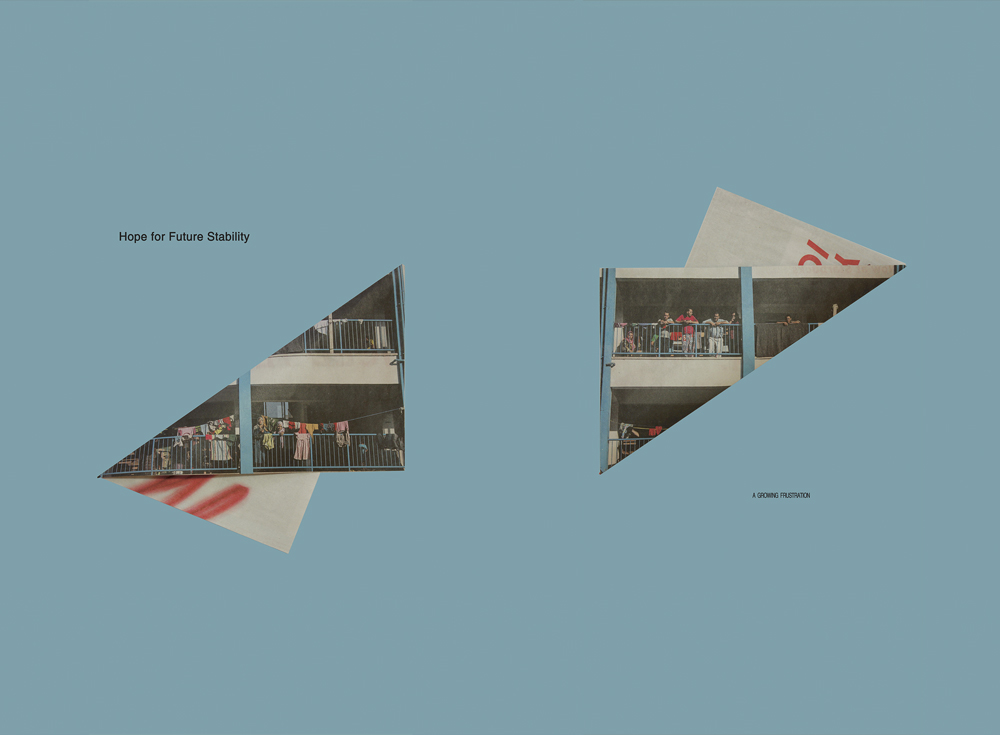Deep Hanging Out
Ashwin Ravikumar
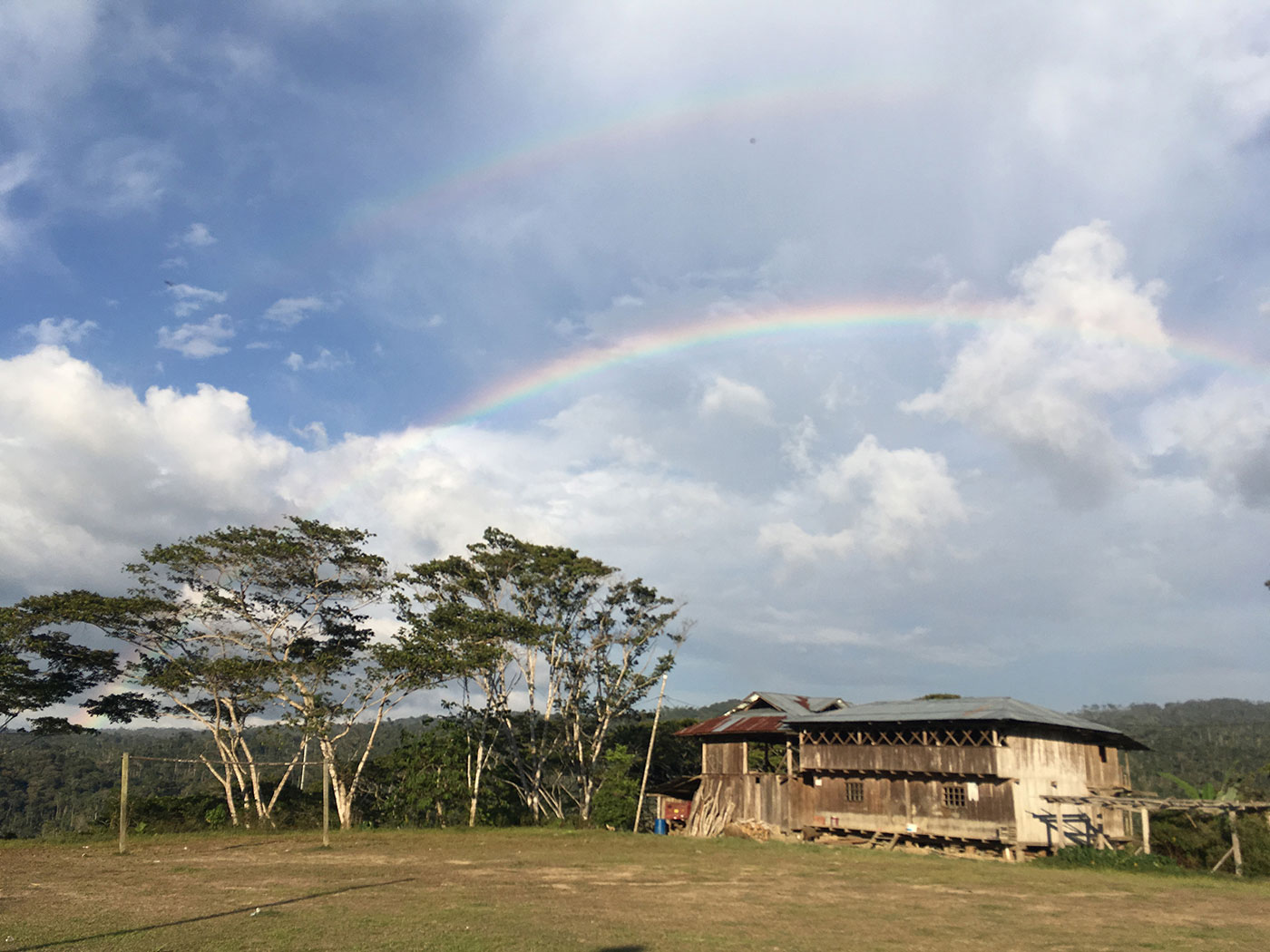
Climate change is daunting. Fierce storms threaten to displace millions of people, disrupt agriculture, and devastate coastal cities. To some extent, we know what we need to do. We know that we need substantial political upheaval and unprecedented international coordination to meaningfully fight climate change. But when we look around and see the state of politics in North America and elsewhere in the world, it can often feel like we are, well, fucked—even irredeemably so.
Deforestation in the tropics is a major contributor to human-wrought climate change and is responsible for somewhere between 10 and 30 percent of all global warming-causing carbon dioxide emissions. Regardless of the exact figures, if we’re serious about confronting climate change, protecting tropical forests had better be a top priority. Indigenous peoples across the Global South, and perhaps particularly in the Amazon, have been at the vanguard of protecting these forests. All available evidence suggests that when governments recognize indigenous peoples’ land rights, they steward forests effectively, protecting them for all of humanity.
This is a story about my experiences working with indigenous people in the Peruvian Amazon—about how their campaigns for justice help me understand what hard-fought political victory looks like, and how they inspire me to believe that a better world is possible, even when the odds seem insurmountably stacked against us.
Rainbow
November 9, 2016: I’m waking up feeling spectacular. There are beautiful mountains on every side of me covered in a mosaic of natural vegetation and crops, with a low mist in the sky. I’m in a coffee-growing community in the mountainous high jungle of the central Peruvian Amazon: the Selva Central. We’re trying to push local environmental conservation initiatives to work with, rather than against, local people.
I am in Peru as a part of a Chicago-based environmental conservation organization that has, over the past 20 years or so, been working with indigenous and non-indigenous communities, Peruvian NGOs, and government agencies to help protect over 12 million hectares of Amazonian forests while putting local people in a position to help manage many of those areas. The Amazon hosts more biodiversity than any other place on Earth with soils and trees that lock up a tremendous amount of carbon dioxide, mitigating climate change.
The coffee farmers who live here migrated in the early 1980s from the Peruvian highlands while fleeing the violent conflicts between Maoist insurgents and the government. They started growing coffee, moving between the forest and nearby towns periodically, and slowly making this place home.
Then, in 1987, the government declared the whole place a “protected forest,” supposedly to preserve local watersheds. Trouble was, they didn’t bother to actually tell anyone who lived there that they were now in a protected area. They didn’t really bother to manage the place at all until 2009, when, endowed with some foreign aid funding for conservation, the service in charge of protected areas set up a management unit. This did not go over well with the coffee farmers. Reading between the lines of what local people told me, they felt that because they’d already been living there for 30 years, the government could fuck right off suggesting that their livelihood, indeed their very existence in this place, was somehow illegal now. Tensions escalated to the point of violence.
So here, in the Selva Central, after years of fraught tensions between the Peruvian park service and the coffee farmers, progress is being made. My colleagues and I have just trained seven park rangers on an approach that we’ve developed with indigenous peoples elsewhere in the country called “quality of life planning.” The idea is to create spaces for communities to critically reflect on what kind of future they want, and then identify priority actions that will allow them to build it.
Carrying this out involves work of different kinds. Sometimes we spend long sessions in communities working with local people to map out how they use natural resources, taking stock of traditional modes of social organization, and documenting their rich ecological knowledge; we call this “asset mapping.” In other moments, we use that information, alongside detailed data on biodiversity, to advocate for conservation and the rights of local people. And sometimes we work with government functionaries in Lima in an attempt to influence higher level policy processes to better reflect the interests of Amazonian communities and to better protect the Amazon. Throughout all of this, though, we spend a lot of time building collaborative relationships between different organizations, facilitating dialogues and joint projects that create trust—often in highly challenging circumstances.
Most conventional development initiatives in the Global South, ranging from extractive activities like oil drilling to well-intentioned conservation initiatives, work in more or less the same way: a company (or environmental NGO) with lots of capital (or foundation or aid money) comes to a community and highlights the things that they don’t have—the things that make them poor. They then make the case that the way out of poverty, or supposed environmental decadence, is through oil, or agricultural intensification (or agroforestry, or reforestation, or whatever the organization happens to have on offer). Our approach to conservation and development tries to flip this whole thing on its head by creating spaces for communities to think carefully about what they really want, and what makes sense based on what they already have and know how to do well. While environmental organizations frequently partner with corporate interests, diluting their conservation projects and undercutting the ethos of indigenous empowerment, our work aims to push back against these mores of development and extractivism by empowering local people, despite how inherently fraught it can be to navigate this terrain.
That is to say, managing my own role in this requires care: no person or organization from the Global North should presume to be free from the paternalistic trappings of development and neocolonial projects. I try to proceed with self-awareness and self-criticism. This is also to say, while I came to this with due skepticism, here, in November 2016, I’m seeing it work with my own eyes.
A big part of how we do our work is with the tools of anthropology, and particularly, ethnography—or as I’ve better heard it described, “deep hanging out.” The park rangers, whose relationship with the coffee farmers had been strictly antagonistic in the past, are heading out with our team to hang out with farmers, work their fields with them, hear their stories, understand their concerns, and connect with them as individuals. All of a sudden, the community is thinking about working with the park service to find ways to control new migration and reduce coffee expansion in the protected area. The park service, for its part, is thinking about how to help farmers earn more with less land by improving their roads or hooking them up with improved agroforestry technologies. It might not sound like much, but it beats the hell out of violent conflict and evictions, which a few years ago seemed like virtually inevitable conclusions to this saga.
Endings/Endurance
On November 9, 2016 I spent the day with a thousand yard stare on my face while using a machete to chop weeds with a local farmer. I thought about my own status as a person of color in the United States, and the fact that some 50 percent of the electorate had just committed an act of aggression towards me. I thought about how environmental devastation, family-wrecking deportations, and rampant inequality had advanced with scarcely any check under ostensibly benevolent liberal technocracy. And I thought, somewhat frantically, about what I might grab onto to help me comprehend this new and uncertain future.
Many of the park rangers, and most of the coffee farmers my age or older, had grown up trapped between brutal Maoist insurgencies and the sometimes more brutal government-funded paramilitary reactions to them. They’d seen their communities destroyed or uprooted, and their ways of life altered fundamentally—recently.
In 2016, I spent about a month with indigenous peoples like the Murui, Ocaina, and Bora in their villages along the Putumayo River, which divides Colombia and Peru. I learned about how their parents, grandparents, and great-grandparents’ generations had each lived through the veritable end of everything they knew. During the late 19th and early 20th centuries, they were enslaved, mutilated, raped, killed, and moved over long distances by cruel rubber barons funded by the Anglo-Peruvian Rubber Company. A generation later, after the British made wild-harvested rubber obsolete by planting stolen Amazonian rubber in Southeast Asian plantations, indigenous peoples throughout the region were forcibly relocated to watersheds closer to urban centers as indentured agro-pastoral laborers. Then, in the mid-20th century, many were taken by Spanish missionaries to enclosed settlements where they were enrolled in Spanish language schools, and lost much of what remained of their native languages. Each of these transitions was culture-rending to varying degrees, driven by the whims of profiteering neo-colonial ghouls. And that’s just one part of the Amazon, where worlds have ended time and again in just the past century. But in spite of these endings, there’s been endurance, and that endurance often comes from political organizing. While I was hacking away at those weeds on November 9, I thought about how, regardless of all of this shit, I’d seen people achieve real wins through popular movements, and that, maybe, we already know what we have to do now.
Movements
In my work in the Peruvian Amazon, and elsewhere, I’ve learned from a number of inspiring individuals about what it takes to turn politics and organizing into victories for marginalized people. At different times, I’ve seen people “doing the work” at various stages of the political process. As I reflect on my time around inspiring local and regional leaders, I think back to moments that I have witnessed—moments when I saw people moving from small-scale organizing to collective mobilization to winning and wielding power:
It’s 2016. In one of the villages on the Putumayo River, an elected community leader named Don Ernesto tells me about their jarring local history, and about how as an Ocaina person, he’s fighting and organizing to make sure that his language survives future generations. He’s making progress.
In the village of Estrecho, also along the Putumayo, I pack lips of powdered coca leaves (mambe) with a young indigenous leader who’s running for mayor. He’s re-building a traditional longhouse. He sees it as a space for cultural revitalization, political organizing, and maybe even for the provision of basic services. He’s building power.
It’s 2017. An Asháninka park ranger tells me that his community is about to tell the agencies trying to get them to intensify plantation-style chocolate productions to take their business elsewhere. They want a different future, where they continue with their traditional ways of life, maintain sovereignty over their land, and stave off precarious dependency on global markets to survive. They exercised power.
It’s 2014. In the Brazilian state of Acre, I’m listening to Senator Jorge Viana talk about Chico Mendes, the rubber tapper, labor activist, environmentalist, and indigenous rights advocate. He was killed by cattle ranchers for his work, but not before he and his followers organized a big-tent coalition that would win state elections, massively expand protected areas, and establish many new indigenous reserves. They later went on to influence national policies that dramatically reduced deforestation in the Brazilian Amazon, arguably the biggest thing that humanity has done to date to seriously slow climate change.
They built a movement.
In the year 2000, the Peruvian region of Loreto, a massive swathe of mostly pristine rainforest bigger than the whole country of Ecuador, had just a few protected areas. By 2017, the picture had changed radically.
These protected areas exist today because indigenous peoples and their allies organized and mobilized to demand that their land rights be recognized, while insisting that the government protect the forests that they depend on to survive. These areas aside, indigenous peoples in Peru have successfully fought to gain titles for over 12 million hectares of Amazonian forest over the past half century. All available evidence suggests that they have protected the crucial ecosystems on those lands, mitigating the worst effects of climate change that affect all of humanity.
These political battles haven’t been easily won. In 2009, indigenous leaders declared a state of insurrection against the Peruvian government in order to defend their lands from private oil companies that had gained access to the Amazon through free trade agreements between Peru and the United States.
Dozens were killed in the conflict. The government later passed a law requiring that indigenous peoples be consulted about infrastructure that might impact their lands. Thinking about the scope and the costs of these victories is humbling. Even though looking at maps showing the expansion of protected areas and indigenous territories in Peru and other countries of the Amazon basin is heartening, powerful interests continually threaten to roll progress back. Earlier in 2017, Brazilian president Michel Temer issued a decree to open a large protected area to private mining interests, undoing the arduous efforts of activists, scientists, and communities in the 1980s.
Meanwhile, in Peru, Congress and the President voted to authorize a highway connecting the Amazonian city of Iquitos to the coast. Iquitos is currently the largest city in the world that is not connected to the outside world by road. If the road is built, the political economy of the region will be fundamentally altered. Deforestation will surely accelerate, and the migratory movements that result will disrupt life for local communities who have lived in the healthy forests near the city. While there are many legally protected areas and titled indigenous lands in this region, a road would provide far more access to these areas for agroindustry, loggers, and oil and gas interests, threatening the integrity of even those lands that enjoy legal protection. More generally, these commercial activities continue to prod at the forest frontier, and the overall rate of deforestation in the Amazon basin has increased over time.
To me, this mix of hard-fought victories for indigenous peoples alongside the steady creep of capitalist extractivism into the Amazon underscores that politics is a continual process, and a long-term fight. Once a protected area is established, or once an indigenous territory is recognized by the state, the work does not end. To breathe durable life and meaning into these victories, people must organize themselves continually, resist the threat of capital incursion, and actively defend hard-won rights.
As I think about how the many ongoing struggles in my home country, the United States, mirror these stories from the Amazon, one recent moment stands out in my mind: the Standing Rock protests. The bravery of protesters in the face of state violence in 2016 forced the broader North American public to see the connection between indigenous peoples’ struggles and climate change. Additionally, the unprecedented public attention to these issues created space for indigenous peoples in North America to connect their struggle with brothers and sisters across the world. Indigenous leaders from Peru and Ecuador actually visited Standing Rock in person, underscoring that indigenous peoples are at the vanguard of fighting climate change, and that respecting their customary rights is not only just, but an essential piece of the global climate change mitigation puzzle. The protests at Standing Rock, too, made impressive gains despite the Trump administration’s intention to roll back and erase these victories.
Still, victories borne out of social movements aren’t automatically durable into perpetuity. Organizing is a slog. The work is hard. And you don’t always win. But the victories of Amazonian communities over the past decades stand out because they show us how marginalized communities can make gains at the expense of powerful interests that would seize and decimate their lands—and in doing so, they have provided a critical buffer against the worst excesses of catastrophic global climate change.
Just as indigenous Amazonians needed committed organizing to win, activists engaged in struggles around the world are winning thanks to their organizing. My optimism is measured, because we are up against an awful lot; but seeing marginalized communities emerge from traumatic endings to organize and win—and win in ways that benefit all of humanity by stewarding our shared rainforests—provides me with the inspiration to organize at home. It forces me to recognize that organizing is difficult, but when connected with a proactive vision of the future, it can secure great victories. And that even after those victories are secured, we will have to continue fighting, likely into perpetuity, digging in to defend those wins together.

